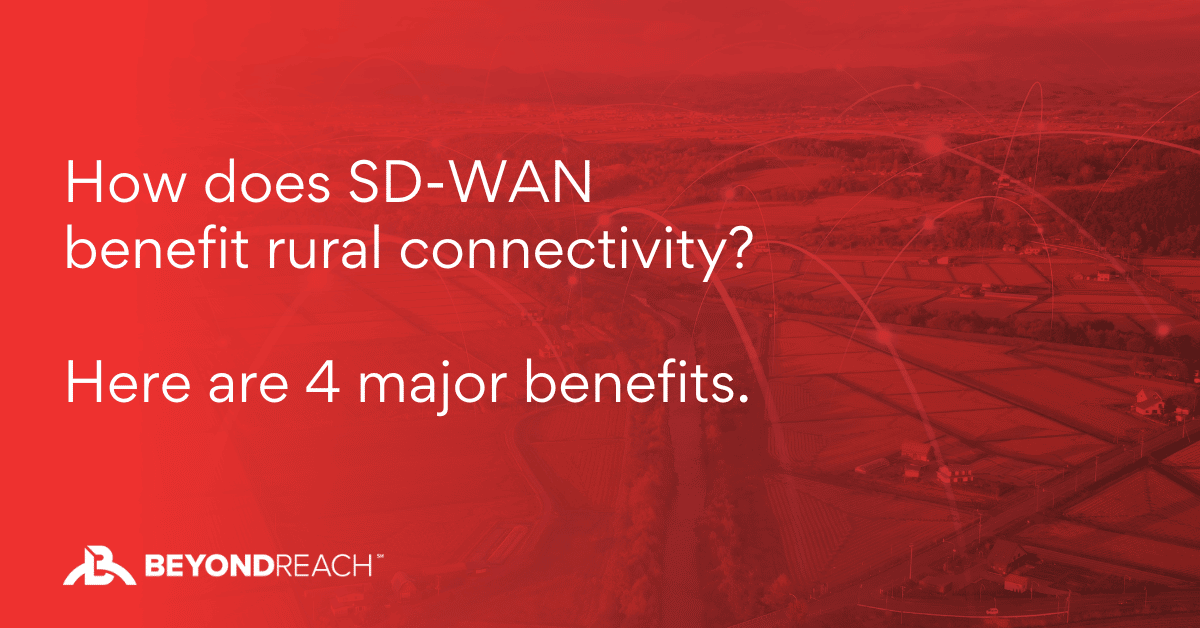Wireless internet service providers (WISPs) play a major role in providing connectivity to both urban and rural areas, and the opportunity for growth is substantial. The global wireless internet service market was valued at over $667 billion in 2023 and is expected to grow at a CAGR of 6.6% through 2028,1 driven by increasing demand for reliable internet access in underserved regions.
Whether you’re looking to penetrate new markets or deepen your presence in existing ones, understanding the nuances of WISP service expansion is essential. Read on to explore six strategies that can help you expand your service offerings and increase your market footprint.
1. Assess Your Current Network Capacity
Before embarking on your expansion journey, evaluate your existing network infrastructure. Assessing current capacity can help you identify the strengths and weaknesses of your network. Consider factors such as:
- Geographical coverage
- Bandwidth capabilities of existing equipment
- The overall performance of your network under current loads
This evaluation will highlight areas that require upgrades or adjustments and provide a clearer picture of potential markets that you can serve with existing resources.
2. Conduct Market Research and Customer Demand Analysis
Market research is a cornerstone of successful expansion strategies. By understanding where demand for wireless internet services is growing, WISPs can make informed decisions about where to focus their expansion efforts. Analyzing customer demand involves looking at both current customers and potential new markets. Consider demographic trends, competitive analysis, and local infrastructure developments using tools like GIS mapping to help visualize areas with insufficient service coverage or high potential for growth.
3. Incorporate Technologies to Meet Growing Demands
Implementing technological upgrades may be necessary to ensure your network is capable of supporting new customers and higher traffic volumes. This might include:
- Investing in higher-capacity backhaul connections
- Updating antennas and transmitters
- Adopting newer technologies like 5G to enhance network performance and reliability
Staying ahead of technological advancements not only supports expansion but also improves the overall quality of your service, which can be a significant competitive advantage.

4. Leverage Strategic Partnerships and Collaboration
Collaborating with local governments, businesses, or other ISPs can provide WISPs with access to additional resources, shared infrastructure, or new customer bases. For example, partnering with municipalities can help your business secure access to utility poles, rights-of-way, or even funding opportunities for infrastructure development. Similarly, partnerships with larger ISPs can enable WISPs to leverage their existing backhaul connections or collaborate on joint marketing initiatives.
Partnerships can also offer financial advantages, such as shared costs for network upgrades or new installations, making it easier to enter new markets or improve services in less accessible areas. However, you should carefully evaluate potential partners and ensure they align with your company's goals, values, and operational philosophies to maximize the benefits of such collaborations.
5. Build Trust and Brand Awareness in New Markets
As WISPs move into new areas, community engagement is essential for establishing trust and brand recognition. Tailored local marketing efforts can help communicate the benefits of your services to potential customers. Some trust-building techniques can include:
- Engaging with community leaders
- Participating in local events
- Using targeted advertising to raise awareness about your services
Effective communication that addresses the community’s specific needs and concerns can pay off in accelerated adoption rates and higher customer satisfaction.
6. Navigate Regulatory Compliance and Advocacy
Understanding local regulatory compliance requirements is critical for WISPs aiming to expand their services. Each region may have different licensing, spectrum regulations, or zoning laws that affect the deployment of wireless networks. Proactively engaging with regulatory bodies and even advocating for more favorable policies can promote smoother expansions and help you avoid costly legal hurdles.

Reach Your Expansion Goals With BeyondReach
Expanding WISP services is not only essential for business growth but also plays a pivotal role in improving access to high-speed internet for underserved communities. By implementing these strategies, WISPs can enhance their service offerings, reach new markets, and provide more people with the connectivity they need to participate in the digital economy.
At BeyondReach, we empower WISPs with the tools and support needed to expand effectively. Our fixed wireless internet solutions are designed to help service providers increase network capacity, reach underserved markets, and deliver superior service to your customers. We understand the challenges WISPs face in scaling their operations to hard-to-reach areas, and our team is here to help you navigate these challenges and meet the demands of new customer bases.
As you take your next steps in WISP service expansion, BeyondReach can help you grow with connectivity solutions built to reach the most remote corners of the world. Together, we can achieve your expansion goals and bring reliable, high-quality internet service to more people and places than ever before. Reach out today to discuss how we can support your growth.
Sources:










